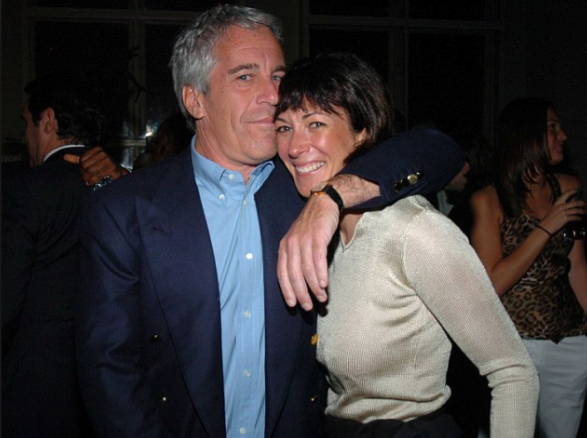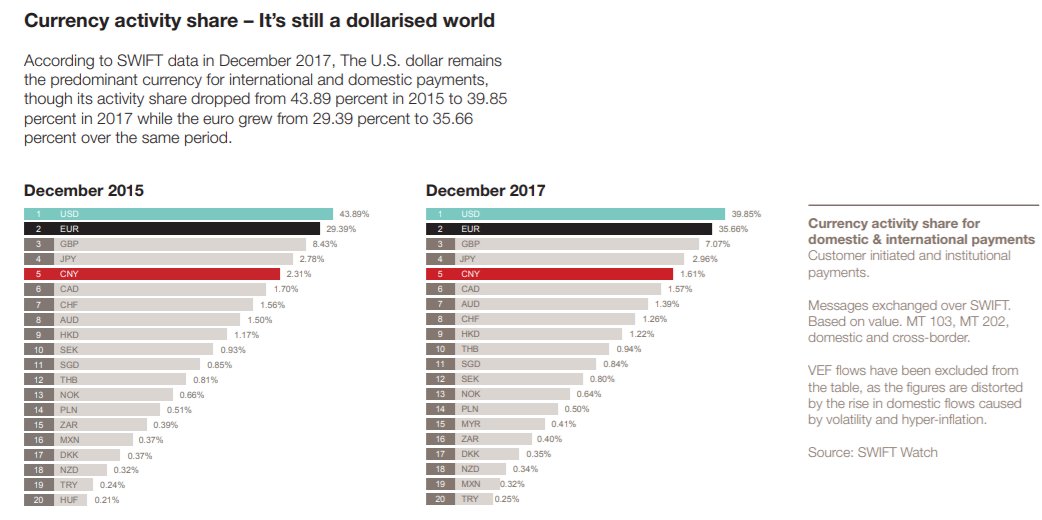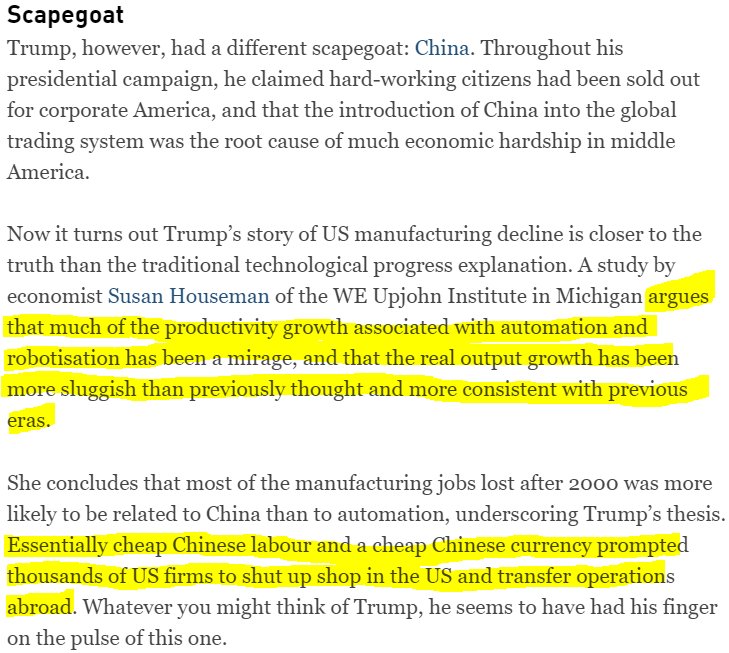Today we’ll talk about Warfarin!
The year is 1920.
Farmers across North America & Canada notice that their cattle 🐮 are haemorrhaging after minor procedures & sometimes spontaneously, causing them to bleed to death. (cont’d)
#medtwitter #cardiotwitter
The rabbits that ingested the bad stalks died from hemorrhagic illness. The other rabbits remained well . (cont’d)
The identity of the anticoagulant substance in spoiled sweet clover running a mystery until 1940.
(cont’d)
It took five years before Link’s student Harold A. Campbell recovered 6 mg of crystalline anticoagulant.
(cont’d)
... which they later named Dicoumarol.
Coumarin is now known to be present in many plants, and produces the notably sweet smell of freshly cut grass or hay.
Karl Link continued working on coumarin based anticoagulants for use as rodent-poisons, resulting in warfarin in 1948.
The name “warfarin” stems from the acronym WARF, for Wisconsin Alumni Research Foundation.
An early recipient of warfarin was US President Dwight Eisenhower, who was prescribed the drug after having a heart attack in 1955.
The rest is history!
This wraps up our #first Medical History Monday!
Thank you for reading!














